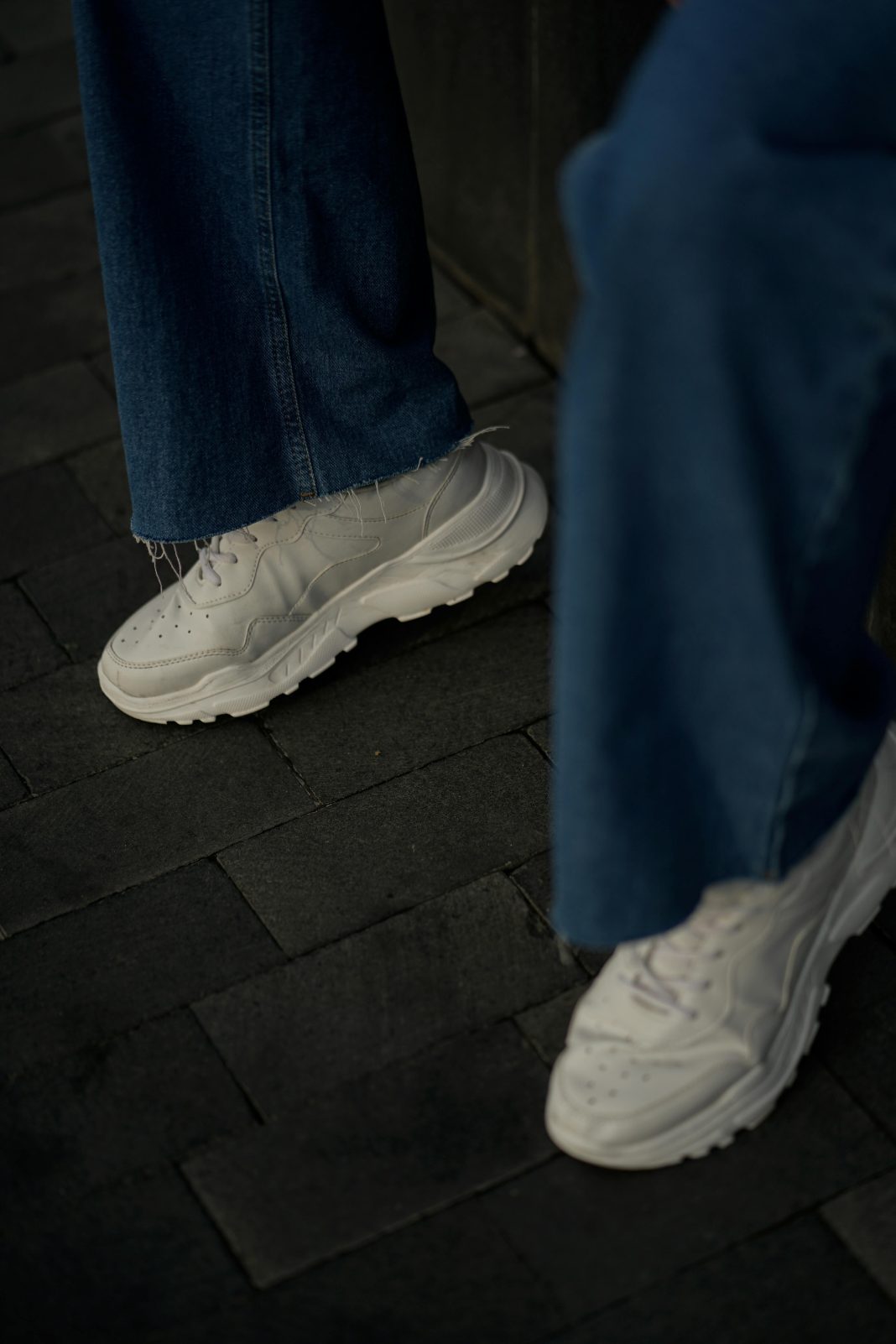Introduction:
In the ever-evolving landscape of fashion, where the latest trends can often come with steep price tags, the phenomenon of “dupes” or duplicates has carved out its own controversial niche. These imitations of high-end fashion products offer the allure of designer aesthetics at a fraction of the cost, creating a divisive debate within the industry and among consumers. This article delves into the world of fashion dupes, exploring their impact, the ethical considerations they raise, and how consumers navigate this complex terrain.
Understanding Fashion Dupes:
Fashion dupes are items designed to mimic the appearance of high-end fashion products, often without blatantly copying logos or trademarks. They range from clothing and accessories to shoes and handbags, allowing consumers to partake in luxury trends without the luxury price tag. The rise of fast fashion and online shopping has significantly fueled the dupe market, making these look-alike items more accessible than ever.

The Appeal of Dupes:
- Cost-Effectiveness: The primary allure of dupes lies in their affordability. They offer a way for fashion enthusiasts to embrace contemporary trends or classic luxury aesthetics without the financial strain.
- Accessibility: Dupes make fashion more inclusive, allowing a broader audience to experience the thrill of styling themselves in a way that feels upscale and trendy.
- Trend Experimentation: With the rapid turnover of fashion trends, dupes provide a low-risk opportunity for individuals to experiment with their style.
The Ethical and Legal Quandaries:
- Intellectual Property Concerns: The production of dupes often skirts the line of copyright and trademark infringement, raising questions about intellectual property rights and the originality of designs.
- Quality and Sustainability: While not always the case, dupes can be of inferior quality and contribute to the fast fashion cycle’s environmental impact, promoting a culture of disposability.
- Impact on Brand Value: For designers and luxury brands, dupes can dilute the exclusivity and perceived value of their products, potentially undermining their brand identity and heritage.
Navigating the World of Dupes:
For consumers drawn to the world of fashion dupes, navigating the moral and ethical implications requires a nuanced approach:
- Research and Consideration: Understanding the origin, materials, and production methods of dupes can help consumers make more informed decisions, leaning towards items that respect intellectual property and environmental standards.
- Balancing Budget and Values: While budget constraints are a reality for many, consumers can seek a balance between affordability and ethical considerations, supporting brands and retailers that prioritize sustainability and fair practices.
- Investing in Authenticity: When possible, investing in authentic pieces from designers and brands that align with one’s values can be a rewarding choice, offering longevity, quality, and a clear conscience.
Conclusion:
The dilemma of fashion dupes is emblematic of broader challenges within the fashion industry, reflecting the tension between accessibility and exclusivity, innovation and imitation. As consumers become more conscious of their purchasing power and its implications, the dialogue around dupes is likely to evolve, prompting both the industry and individuals to reconsider their roles in a sustainable, ethical fashion ecosystem.
In navigating the complex landscape of fashion dupes, consumers are encouraged to weigh the allure of affordability against the importance of authenticity, ethics, and sustainability, making choices that reflect not just personal style, but personal values.

